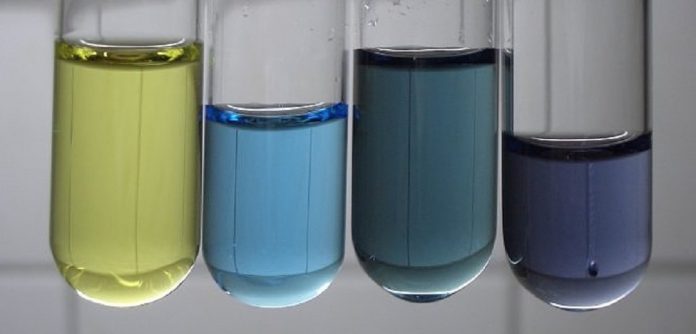
Australian Vanadium Limited (AVL) has inked a second Memorandum of Understanding (MOU) with specialty chemical producer U.S. Vanadium (USV) for the supply of high purity vanadium oxides and a licence for vanadium electrolyte production.
Vanadium electrolyte, manufactured from very high-purity vanadium oxides, is the key component in all Vanadium redox flow batteries (VRFBs), which are the subject of growing attention for renewable energy storage.
Under the MOU, USV will grant AVL the exclusive use of its vanadium electrolyte technology in Australia and New Zealand, which will allow AVL to use either USV or its own vanadium products when available.
AVL’s Managing Director, Vincent Algar, said the agreement, which builds on the MOU already signed with USV regarding future offtake of vanadium from the Australian Vanadium Project, will allow the company to commence local vanadium electrolyte production to support growing interest in the emerging Australian VRFB market.
‘Having a strong relationship with a company of USV’s calibre in the vanadium market enables AVL to secure a supply of the highest quality vanadium oxides, prior to bringing the Australian Vanadium Project into production,” Mr Algar said.
“This will allow us to move quickly to build a vanadium electrolyte plant here in Australia to supply the growing VRFB market.”
The plant, which will be partially funded by the recently announced award of the MMI grant by the Federal Government, will produce locally assembled prototype VRFB systems for domestic and stand-alone remote power systems.
“Our vanadium electrolyte plant will be capable of producing up to 33MWh of capacity each year and will enable AVL to secure supply deals for Australian VRFB implementations,” Mr Algar continued.
“Our 100% owned subsidiary VSUN Energy has already identified multiple projects suitable for locally produced vanadium electrolyte.
“This vertical integration strategy puts AVL in a strong position to secure financing for the Project and provides Australian employment opportunities in the downstream battery supply chain.”



















